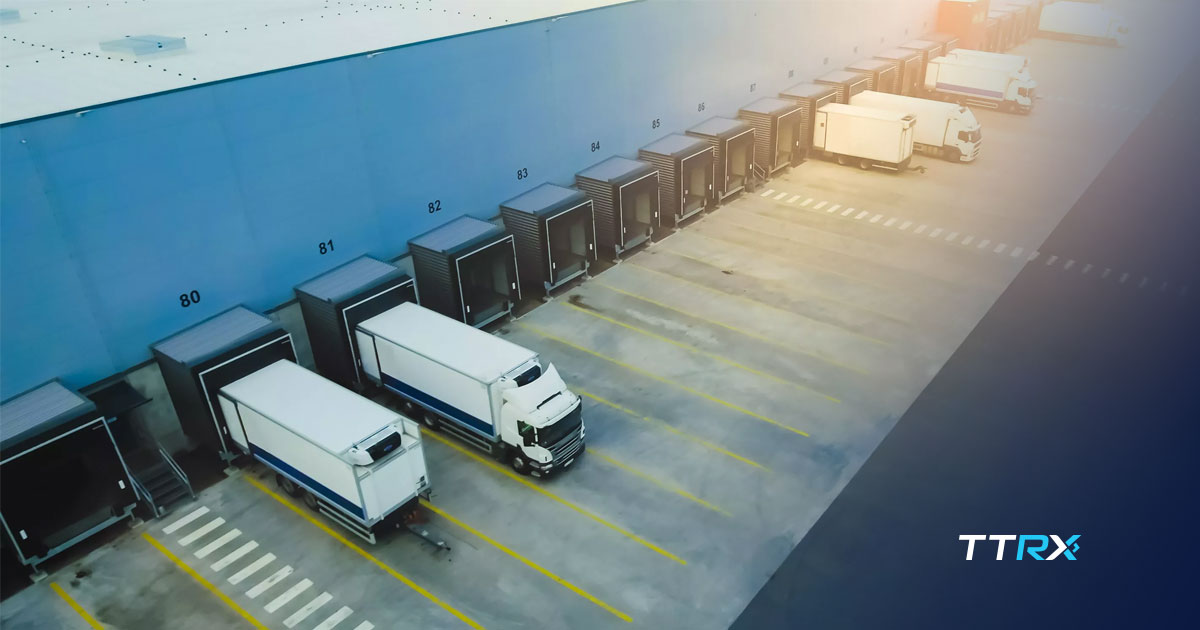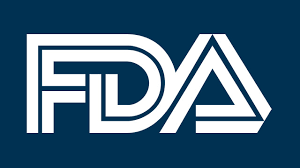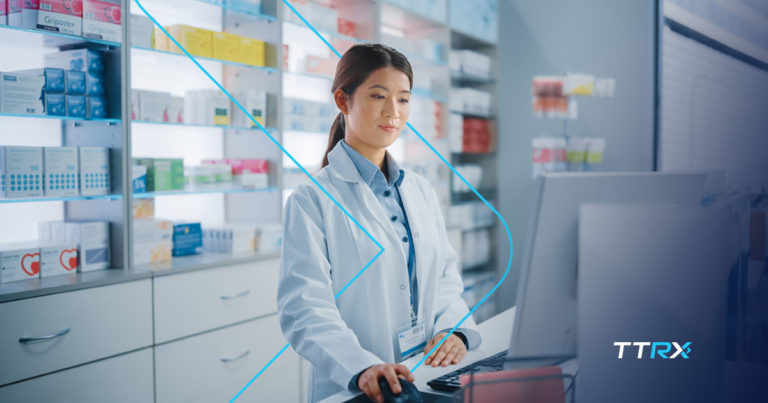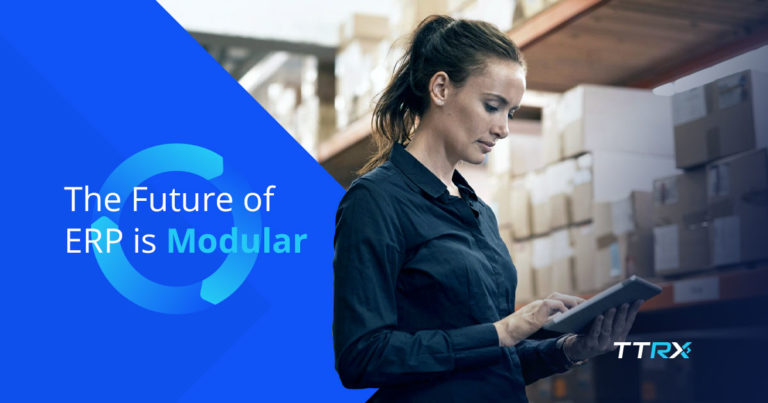In 2020 the federal decree: 10.388 was approved, which regulated the reverse logistics system for household drugs in Brazil and since September this year it is already working in practice.
Designed to collect those medicines and packages for human consumption that are past their expiration date or in disuse, the system seeks, through the articulation of different agents in the production and distribution chain, to correctly dispose of the pharmacological components that could affect the environment if disposed of improperly.
The measure, which was considered in a strategic context, meets the growing social demands for behavioral changes focused on environmental preservation.
Check out some important topics that should not be missed!
How does the system work?
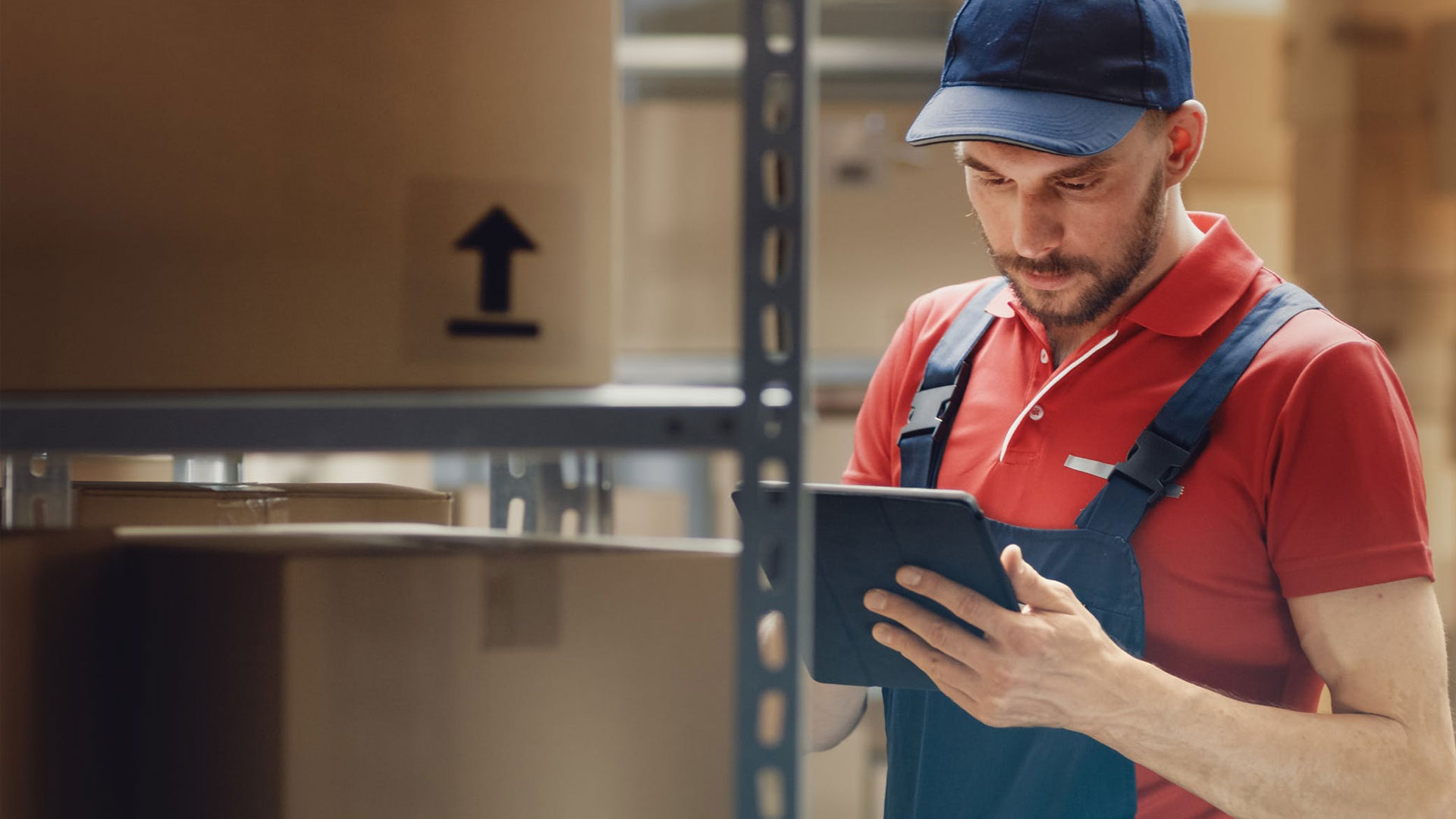
The system requires coordination between manufacturers, importers, distributors, traders, and consumers – as described in the decree. In other words, there is a need for different agents and levels to act.
As the main point for the collection system, pharmacies will be the places where consumers can perform the appropriate disposal. In these establishments, containers will be installed, where plastic sacks will be placed into which the drugs will be discarded.
The bags, once full, must be sealed, labeled, and stored until the external collection – the one that will take the drugs from the establishment.
This stage of the system must be carried out by distributors, the same ones that deliver new drugs. That is why there is a need for all the levels of the distribution chain to be interconnected.
Will all pharmacies have to make collection points available?
No. According to the federal decree, it will be mandatory to have one collection point for every 10 thousand inhabitants.
Moreover, according to the decree, the deployment of the system will be carried out in two stages:
1st stage: cities with more than 500 thousand population and capital cities;
2nd stage: cities with more than 200,000 inhabitants.
However, the state of São Paulo does not fit into this schedule, since the installation of disposal points in pharmacies is already happening in cities with more than 200 thousand inhabitants.
One more important piece of information: it is possible that pharmacies that are outside the groups recommended by the regulation offer collection points on a voluntary basis. In these cases, the pharmacy will not be linked to the system.
How much does it cost to install a collection point?
The installation costs are the responsibility of the commercial establishment. And the cost involves some basic elements:
- Container: this is the piece of equipment that must be installed in the pharmacy where the drugs and packaging will be deposited. The price of this piece of equipment is between R$ 300.00 and R$ 400.00.
- Garbage bags: These are the bags in which the discarded products will be stored. It is possible to find packages with 100 units for approximately R$ 40.00.
- Seals and labels: it is important that, once full, the bags are removed from the containers, sealed and identified. The cost of 100 seals is around R$ 30.00.
It is also important that pharmacies have scales to weigh the bags.
In other words, for the pharmacy as a whole, it is not a very high investment. When we consider the environmental gains, then the costs end up decreasing even more.
How is the use of the system going?
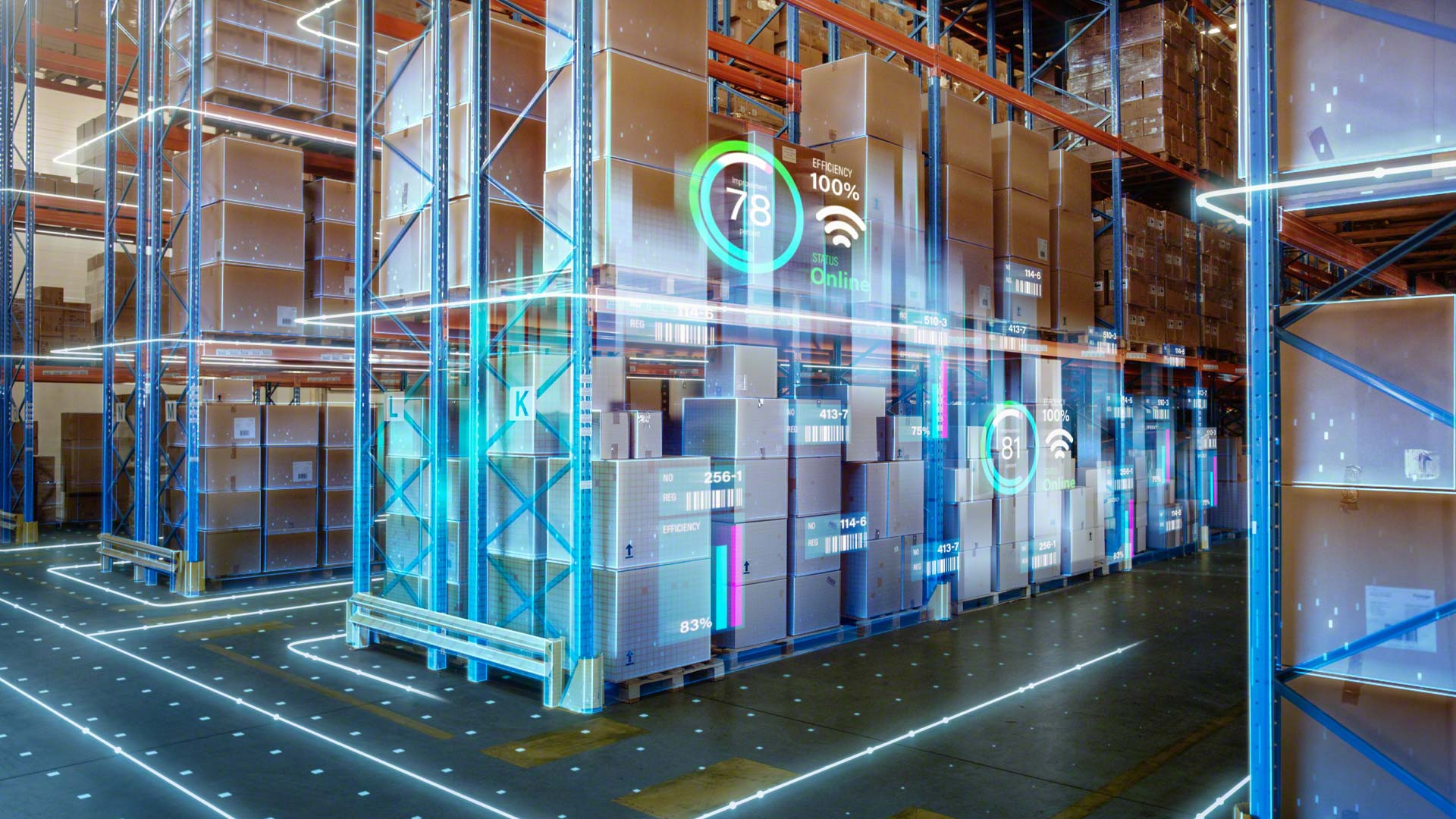
Considering the experience in the state of São Paulo, where the implementation is more advanced, the acceptance and adoption has been high among pharmacies.
It is important to remember that the system as a whole depends on the consumers’ initiative, responsible for the disposal in the correct places.
Therefore, it is important that there are campaigns to mobilize people.
How to mobilize consumers?
The pharmacies themselves can act on this point. Here are some suggestions:
- Position the container in a very visible place;
- Put up posters announcing the existence of a drop-off point;
- Establish communication with the neighborhood, publicizing the initiative outside the premises.
Even with the role of pharmacies, it is important that industries and distributors also act in the publicizing and raising awareness.
Not least because there is a committee composed of representatives from different levels (producers, distributors, and traders) to develop promotion and awareness strategies.
How to identify the medicines?
It is important to consider that the reverse logistics system will work better when associated with another system, namely drug traceability.
This is because once the medication is registered within a traceability portal, such as the one developed by TrackTraceRX, it is possible to identify important information, such as production site, lot, and in which pharmacy it was sold.
With this information, it is easier, for example, to articulate the collection of discarded drugs with the correct distributors.
Access to information as a key differentiator
If there is a concept that summarizes all these changes that are happening in Brazil, it is access to information.
In times of rapid advancement in communication technologies and the popularization of the internet, access to solid and reliable information becomes a crucial factor when it comes to buying a product.
In the end, it is a new way of thinking about consumption. A more conscious way, aligned with new social and environmental demands.
TrackTraceRX constantly innovates and is tuned in to these changes!
Consult our team of experts and understand how our solutions can enhance your business.
{{cta(‘c53b7ee2-ee57-447b-89ef-0e1eddd533c0’)}}

